| Two of the more celebrated Plein Air guidelines (I won’t say rules), are: Clearly indicate the direction of the sun’s light, and Indicate atmospheric and time-of-day conditions. One logical consequence of these two—well—rules, is this corollary: Never paint on a cloudy day. (And many do follow this proscription.) Here is a little painting that violates the first and third of these three, because of its adherence to the second. In spite of its wrong-headedness (and I have been informed of its shortcomings vis-a-vis these criteria), I find myself more and more pleased with it as time goes on. No, it is not dramatic. And, lacking bright walls and dark shadows, this painting does not feature the illusion of a clear day. There is more to painting than illusionism—not a new idea. To be beautiful or exciting a work does not have to be a visual copy of a retinal impression made by light bouncing around in the world; or, worse, of a chemical or electronic reaction to said light beams. One can paint that, and I sometimes do, but when I do I have other concerns than photorealism. |
| (The word “illusionistic” is preferable to the word “realistic.” Realism in art has connoted down-to-earth subject matter rather than visual style. Gustave Courbet’s The Stonebreakers, for example, is realistic in that it depicts the harsh reality of labor, rather than by aspiring to be a photographic rendering.) I enjoy the challenge of painting representationally, while choosing patterns, colors, and textures that work “abstractly.” Most Western representational artists would likely say the same; I favor the abstract more than average. |
For me, the appeal of Round Hedges lies not so much in its representation of a house and yard than in its relations of colors and shapes. These days color schemes like this one are called tonal, and I couldn’t be happier to see these beautiful colors recognized and legitimized. There is something just gorgeous about interactions among muted colors.
| I have been relishing tonal colors for many years. Forty years ago I took a couple of my plein air landscapes into a gallery on Ventura Boulevard in Los Angeles. (I knew better than to try a gallery in downtown LA, where vacuous abstract pourings enjoyed high favor.) The colors interrelated to my satisfaction—tonally, to use the word I’ve learned only recently. The lady took one glance at my paintings. “These aren’t colorful at all!” |
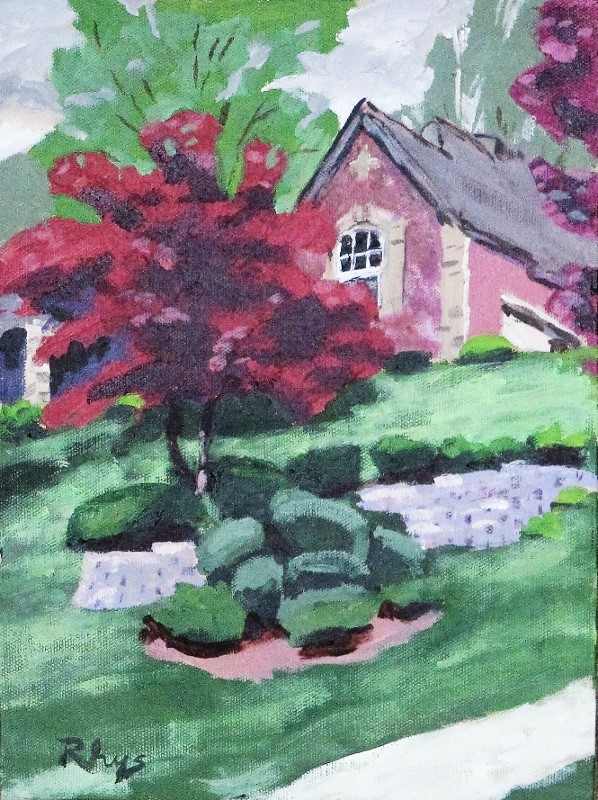
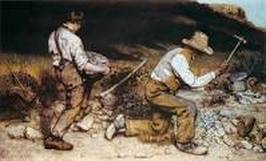
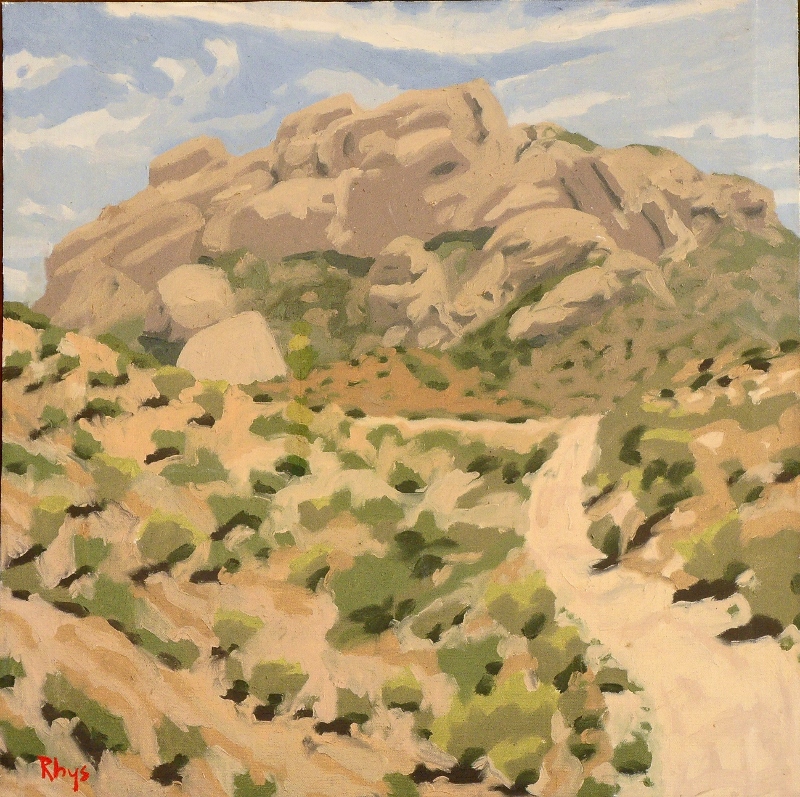

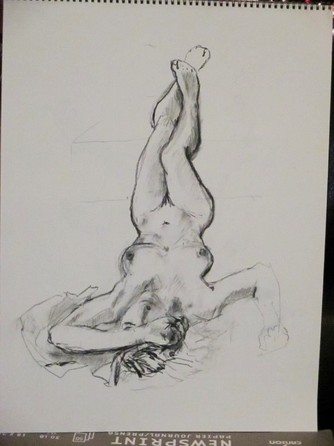
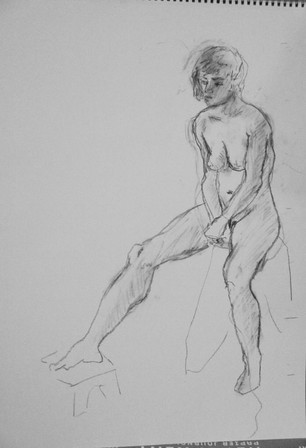
 RSS Feed
RSS Feed